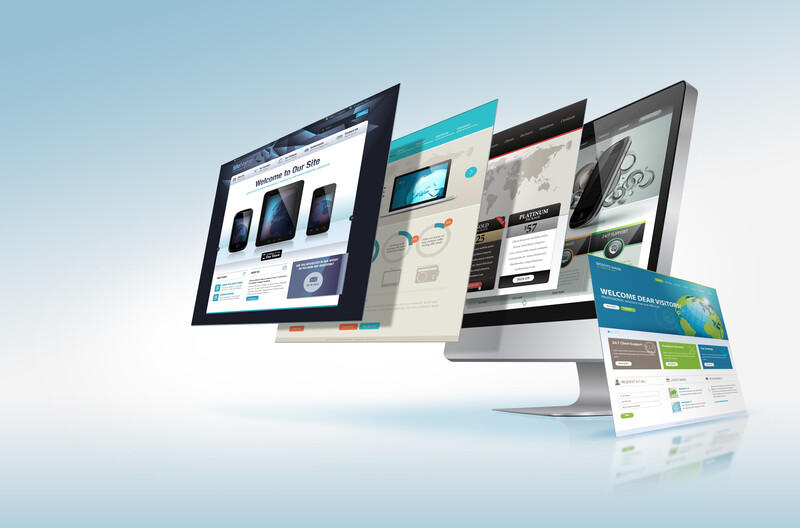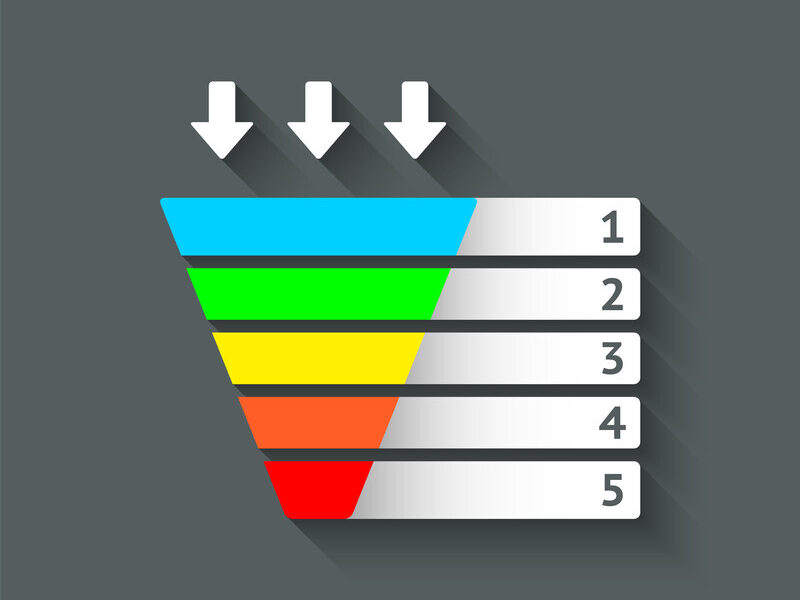In today’s digital world, businesses need to have a deep understanding of their customers’ journey to succeed. One key aspect of this journey are the sales funnel stages, which can help businesses identify potential bottlenecks, improve their marketing strategies, and ultimately drive more sales. In this comprehensive guide, we will be covering the various sales funnel stages, explaining how they work, and providing insight on how to optimize them.
Introduction to Sales Funnel Stages
Before diving into the different stages, let’s first understand what a sales funnel is. A sales funnel is a visual representation of the customer journey, from the initial awareness of your brand to the final purchase decision. The funnel’s primary goal is to turn potential customers into paying customers, guiding them through a series of steps that gradually narrow down their options and lead them closer to a purchase.
The sales funnel stages can be broken down into the following steps:
- Awareness
- Interest
- Evaluation
- Engagement
Purchase
Each of these stages plays a crucial role in the buyer’s journey, and businesses need to be mindful of their customers’ needs and preferences at every step of the way.
Stage 1: Awareness
The first stage is awareness, where potential customers become aware of your brand and its products or services. At this stage, customers are likely to be searching for solutions to their problems or exploring their options. Your goal should be to capture their attention and make them aware of your offerings.
To build awareness, you can employ the following tactics:
- Writing SEO-optimized content
- Creating social media posts
- Writing guest posts for other websites
- Creating giveaways and contests
- Creating YouTube videos
- Launching webinars
- Attending events and conferences
Your primary aim during the awareness stage is to create content that sparks your customers’ interest, making them curious about your brand and its offerings. This is the first contact point between your business and potential customers, so it’s essential to make a strong impression.
Stage 2: Interest
Once customers are aware of your brand, they move into the interest stage. At this point, they are actively seeking more information about your products or services, comparing them to alternatives, and considering whether they could benefit from what you have to offer.
During the interest stage, you should focus on creating content that is informative, educational, and practical. This content should showcase real-life use cases for your products or services, allowing potential customers to identify themselves with the situations presented. The key here is not to push for a sale, but to position yourself as an expert who can help guide customers in the right direction.
Some tactics to engage customers during the interest stage include:
- Blog posts addressing common pain points
- Educational resources, such as eBooks or webinars
- Email marketing campaigns with practical tips and advice
- Social media content that showcases the benefits of your products or services
Remember, customers are not yet ready to buy during the interest stage. Your primary goal is to nurture their interest and provide them with valuable information that will help them make an informed decision.
Stage 3: Evaluation
During the evaluation stage, potential customers are weighing their options and deciding whether your product or service is the best fit for their needs. They are comparing your offerings with those of your competitors, assessing the value and benefits of each solution.
To effectively engage customers during the evaluation stage, businesses should focus on creating in-depth guides, product demonstrations, and comparison content that showcases the unique features and advantages of their offerings. This content should clearly demonstrate the value your products or services bring to the table, setting you apart from the competition.
Some content ideas for the evaluation stage include:
- Product reviews and case studies
- Comparison articles or videos
- Tutorials and how-to guides
- Webinars or live demos
At this stage, collaboration between marketing, sales, and customer support teams is crucial. They should work together to create the right content, answer customer questions, and proactively address common concerns.
Stage 4: Engagement
The engagement stage of the sales funnel stages is when potential customers are actively considering making a purchase. They have gathered all the necessary information, compared their options, and are now looking for reasons to choose your brand over the competition.
To encourage customers to take the final step, businesses should focus on creating personalized and targeted content that addresses their specific needs and preferences. This can include product updates, special offers, or calls to action for a free trial or consultation.
Some tactics for engaging customers during this stage include:
- Highly targeted email campaigns
- Retargeting ads on social media or search platforms
- Personalized content based on customer interactions and preferences
- Special offers, discounts, or promotions
The goal during the engagement stage is to stay top-of-mind with potential customers and provide them with compelling reasons to choose your brand over your competitors.
Stage 5: Purchase
The final stage is the purchase stage. After all the nurturing and engagement efforts, customers are finally ready to make a purchase. However, it’s important to remember that the way you close the sale can greatly impact customer satisfaction and the likelihood of repeat business.
Some strategies to ensure a smooth purchasing process include:
- Empathetic and helpful customer service
- Clear and easy-to-understand pricing information
- Secure and user-friendly payment options
- Post-purchase support, such as onboarding emails or SMS notifications
By providing a seamless and positive purchasing experience, businesses can increase customer satisfaction, encourage repeat purchases, and foster long-term loyalty.
Additional Sales Funnel Considerations
While the five sales funnel steps outlined above are the most common, it’s important to recognize that not all sales funnels are created equal. Depending on your industry, target audience, and specific offerings, your sales funnel steps and strategies may vary.
To optimize your sales funnel stages, consider the following:
- Analyze your customer journey and sales process to identify areas for improvement
- Continuously test and refine your marketing strategies to better engage and convert customers
- Collaborate with your marketing, sales, and customer support teams to ensure a cohesive approach to your sales funnel
- Monitor and measure the success of your sales funnel efforts, making data-driven decisions to optimize performance
Conclusion
Understanding and optimizing the various sales funnel stages is crucial to the success of any business. By effectively guiding potential customers through each stage, businesses can increase conversions, improve customer satisfaction, and drive long-term revenue growth.
With a comprehensive understanding of the sales funnel stages explained in this guide, businesses can better tailor their marketing strategies to meet the unique needs and preferences of their target audience, ultimately leading to greater success in today’s competitive marketplace.





